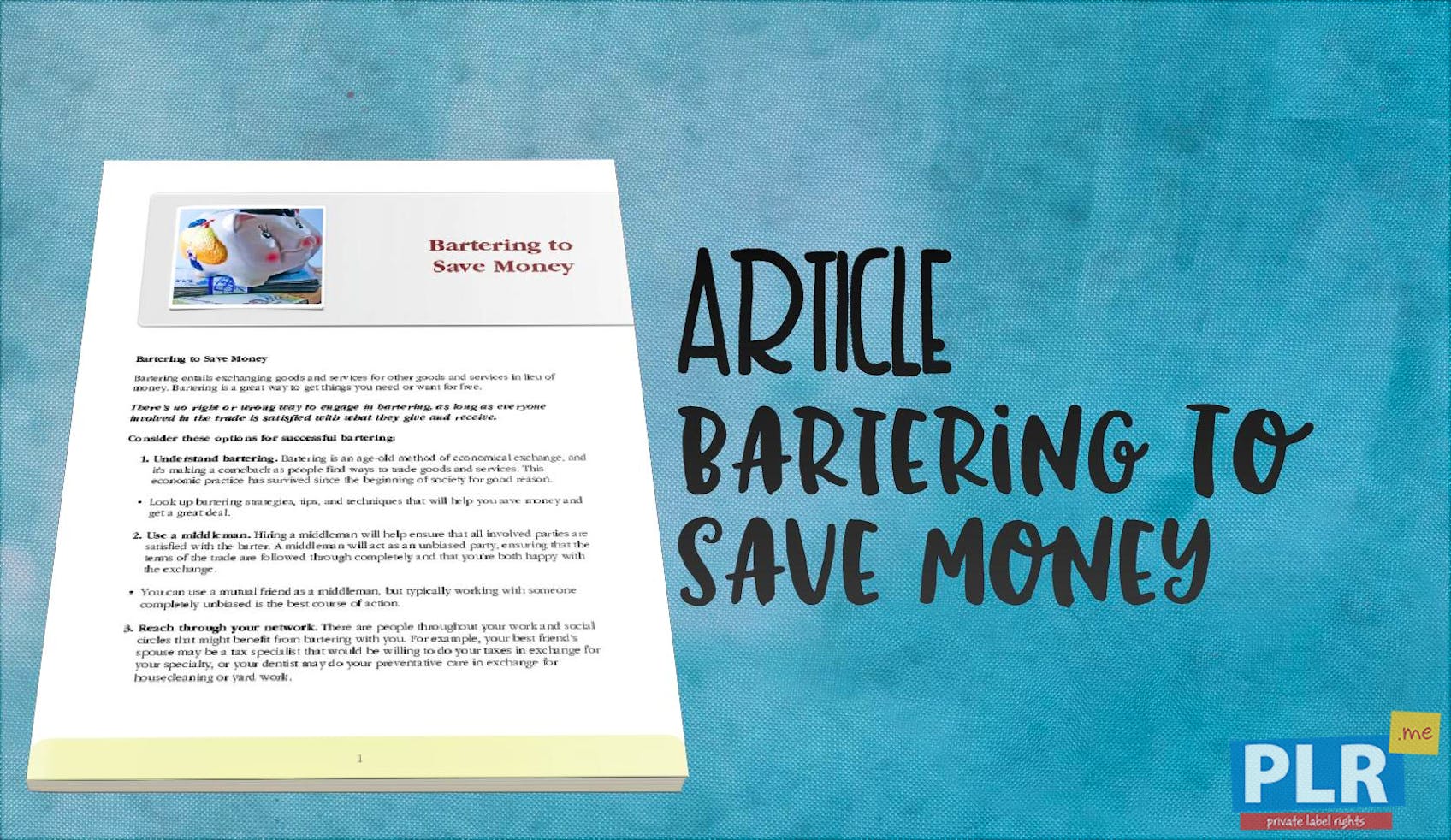Writing long articles can be challenging. They require patience, planning, and skill.
Long articles can engage readers deeply and improve your SEO. They provide detailed information and can establish you as an expert. But keeping readers interested can be tricky. You need to balance detail with readability. In this blog post, we’ll explore effective tips for writing long articles.

These tips will help you craft engaging, informative content. Let’s dive into the strategies that make lengthy articles both compelling and easy to read.
Crafting A Captivating Introduction
Crafting a captivating introduction is vital for engaging readers in long articles. The introduction sets the tone and grabs attention, encouraging readers to continue. A well-crafted introduction can make all the difference. Focus on these key elements to create an engaging start.
Start With A Hook
Begin with a strong hook. This could be a surprising fact, a question, or a bold statement. The goal is to pique curiosity. For instance, “Did you know that 70% of readers decide to continue reading based on the first few sentences?” This kind of statement can immediately grab attention.
Another effective strategy is to use a short anecdote. A brief, relatable story can draw readers in. For example, “Imagine you are lost in a dense forest. That’s how readers feel when they start an article without a clear introduction.” This paints a vivid picture and engages the reader emotionally.
Introduce The Main Topic
After the hook, introduce the main topic clearly. Readers should understand what the article will cover. Keep it concise and to the point. For example, “In this article, we will explore tips for writing long articles, focusing on crafting a captivating introduction.”
Breaking down the main points can also help. Use a brief list:
- Importance of a strong introduction
- Starting with a hook
- Introducing the main topic
This gives readers a roadmap of what to expect.
Remember, the introduction is your first impression. Make it count. Engage your readers from the start and guide them through your article with clarity and purpose.
Maintaining Reader Interest
Long articles can be challenging to keep engaging. Readers can lose interest quickly if the content isn’t captivating. It’s crucial to maintain their interest throughout the article. Here are some effective tips for keeping your readers hooked:
Use Subheadings
Subheadings help break down the content into smaller, digestible sections. They make the text easier to scan. Readers can quickly find the information they need.
Using subheadings also creates a structured flow. This keeps readers engaged from start to finish.
- Organize content logically
- Provide clear sections
- Enhance readability
Incorporate Visuals
Visuals can significantly boost reader engagement. Images, charts, and infographics catch the eye. They make the content more appealing.
Ensure visuals are relevant to the text. This enhances the understanding of the information provided.
| Type of Visual | Purpose |
|---|---|
| Images | Support text, break monotony |
| Charts | Present data clearly |
| Infographics | Summarize complex information |
Use visuals wisely. They should complement and not overwhelm the text.
Effective Structuring Techniques
Writing long articles can be challenging. The key is effective structuring. Proper structure keeps readers engaged and ensures clarity. Here are some techniques to help you structure your articles better.
Organize With Outlines
Creating an outline before you start writing is crucial. It helps you organize thoughts and ensures a logical flow of information. An outline serves as a roadmap, guiding you through each section.
Break down the article into sections and subsections. Use bullet points or numbers to list main ideas. This way, you won’t miss important points and can easily rearrange content if needed.
Consider the following outline structure for a long article:
1. Introduction
- Hook
- Thesis statement
2. Main Body
- Section 1
- Subsection 1
- Subsection 2
- Section 2
- Subsection 1
- Subsection 2
3. Conclusion
- Summary of points
- Final thoughts
An outline helps you stay on track and maintain a clear structure. This improves readability and keeps readers engaged throughout.
Use Clear Transitions
Transitions connect different sections of your article. They ensure a smooth flow from one idea to the next. Without clear transitions, readers may get lost or confused.
Use transition words and phrases to guide readers. For example:
- Firstly,
- Next,
- Furthermore,
- In contrast,
- Finally,
These words signal a change in topic or a continuation of the same idea. They help readers follow your train of thought and understand the structure of your article.
Additionally, use subheadings to break up text and indicate new sections. This makes the article easier to scan and digest.
By organizing with outlines and using clear transitions, you can create long articles that are both engaging and easy to read.

Credit: mekdental.com
Enhancing Readability
Enhancing readability is crucial for keeping your audience engaged. Long articles can be overwhelming, but breaking them down into digestible chunks helps. This section will discuss techniques that can enhance the readability of your long articles.
Short Paragraphs
Short paragraphs make your content easy to read. They prevent the reader from feeling overwhelmed. Aim for 2-3 sentences per paragraph. This keeps the text visually appealing and easy to follow. Short paragraphs improve the flow of your content.
Bullet Points And Lists
Bullet points and lists make information easy to scan. Readers can quickly grasp key points. Use bullet points for listing items or steps. Lists break up the text and add variety. They help highlight important information.
Incorporating Expert Insights
Long articles can be more engaging with expert insights. They add authority and depth. Expert insights can come in various forms. Two effective methods are quotes and interviews, and data and statistics. These elements not only enhance credibility but also make the content more compelling.
Quotes And Interviews
Quotes from industry experts can enrich your content. They provide unique perspectives and valuable information. Including interviews is another great way to add expert insights. Interviews can be conducted through various formats:
- Text interviews
- Audio interviews
- Video interviews
Text interviews are easy to include in articles. They can be formatted as Q&A sections. Audio and video interviews can be transcribed. This makes them accessible to readers who prefer text.
Here are some tips for incorporating quotes and interviews:
- Choose credible experts.
- Ask relevant questions.
- Include the expert’s credentials.
Data And Statistics
Data and statistics make long articles more persuasive. They provide evidence to support your points. Reliable data sources include:
- Government reports
- Academic studies
- Industry surveys
Presenting data can be done in various ways:
- Tables
- Charts
- Infographics
Here’s an example of a simple table:
| Year | Statistic |
|---|---|
| 2020 | 45% |
| 2021 | 50% |
Including data makes your article more informative. It builds trust with your readers. Remember to cite your sources. This adds credibility and avoids plagiarism.
Utilizing Seo Best Practices
Utilizing SEO best practices is crucial for increasing the visibility of long articles. This guide will help you understand the key elements of SEO, ensuring your content reaches a wider audience. By focusing on keyword integration and writing effective meta descriptions, you can improve your article’s search engine ranking.
Keyword Integration
Integrate keywords naturally in your content. Overloading your article with keywords can harm readability. Instead, aim for a balanced approach.
- Use primary keywords in the title.
- Include secondary keywords in subheadings.
- Distribute related keywords throughout the text.
Here’s an example of effective keyword usage:
Utilizing SEO Best Practices
Writing long articles can be a challenge. By following SEO best practices, you can improve your article’s performance.
Meta Descriptions
Meta descriptions are short summaries of your content. They appear in search engine results, influencing click-through rates. Write clear and engaging meta descriptions to attract readers.
| Good Example | Bad Example |
|---|---|
| Learn how to write long articles with these SEO tips. | Writing tips for articles. |
Follow these steps to create effective meta descriptions:
- Keep it under 160 characters.
- Include primary keywords.
- Make it compelling and relevant.
Here’s a sample meta description:
Editing And Proofreading
Editing and proofreading are essential steps in creating long articles. They ensure your content is clear, error-free, and engaging. Skipping these steps can lead to mistakes, poor readability, and a lack of professionalism. Careful editing and proofreading can significantly improve the overall quality of your article.
Eliminate Errors
Errors can distract readers and reduce your credibility. Thoroughly check for grammar, spelling, and punctuation mistakes. Use tools like Grammarly or Hemingway to catch common errors. Read your article multiple times, focusing on different aspects each time. For example, check grammar in one read-through and punctuation in another. This method helps to find and correct mistakes more effectively.
Improve Flow
A well-structured article keeps readers engaged. Ensure your ideas connect logically. Use transitions to guide readers smoothly from one point to the next. Read your article out loud. This helps identify awkward sentences or areas where the flow breaks. Make necessary adjustments to improve readability. Shorten long sentences and break up complex paragraphs. Clear, concise writing enhances the reader’s experience.
Encouraging Reader Interaction
Keeping readers engaged in long articles can be challenging. Encouraging interaction ensures they stay interested. It also makes your content more dynamic. Here are some tips to boost reader engagement.
Call To Action
A strong call to action (CTA) can keep readers involved. Encourage them to take action. Ask them to share the article. Suggest they subscribe to your newsletter. A clear CTA guides readers on what to do next.
Use action words in your CTA. Make it direct and simple. Place it where readers can easily see it. End your article with a CTA to leave a lasting impression.
Invite Comments And Feedback
Inviting comments and feedback creates a two-way conversation. Ask readers what they think. Pose questions related to your article. This makes them feel valued and heard.
Respond to the comments they leave. Show appreciation for their feedback. This encourages more interaction and builds a loyal audience. Make commenting easy for everyone.
A simple and welcoming comment section can do wonders. Keep it free from spam and irrelevant content.

Credit: marianila.eu
Frequently Asked Questions
How Do You Keep Readers Engaged In Long Articles?
To keep readers engaged, use subheadings, bullet points, and visuals. Break text into short paragraphs and use an active tone. Add relevant examples and anecdotes.
What’s The Ideal Length For Long Articles?
The ideal length for long articles is between 1,500 to 2,500 words. This range is effective for in-depth content. It helps with SEO and keeps readers informed.
How Often Should I Update Long Articles?
Update long articles every 6 to 12 months. Regular updates keep content relevant and improve search engine rankings. Ensure all information is current.
Why Are Visuals Important In Long Articles?
Visuals break up long text, making it more digestible. They help illustrate points and keep readers interested. Use images, infographics, and videos.
Conclusion
Crafting long articles can seem challenging, but these tips can help. Break content into small sections to keep readers engaged. Use clear headings for easy navigation. Short paragraphs enhance readability. Include relevant keywords naturally. Add images to support text and make it visually appealing.
Edit carefully to ensure clarity and flow. Remember, practice makes perfect. Keep writing, and your skills will improve. Following these tips will make your long articles effective and enjoyable to read. Keep your audience in mind, and your content will shine.
Happy writing!




